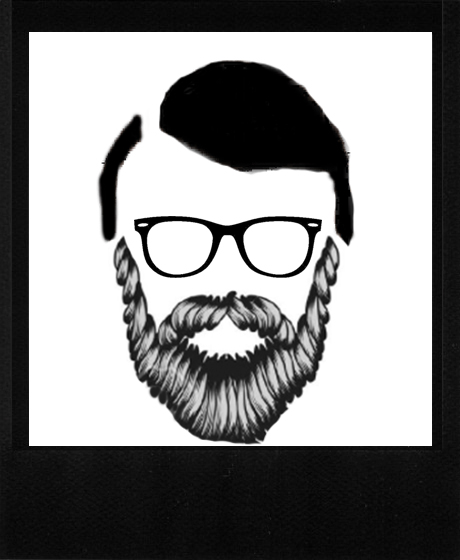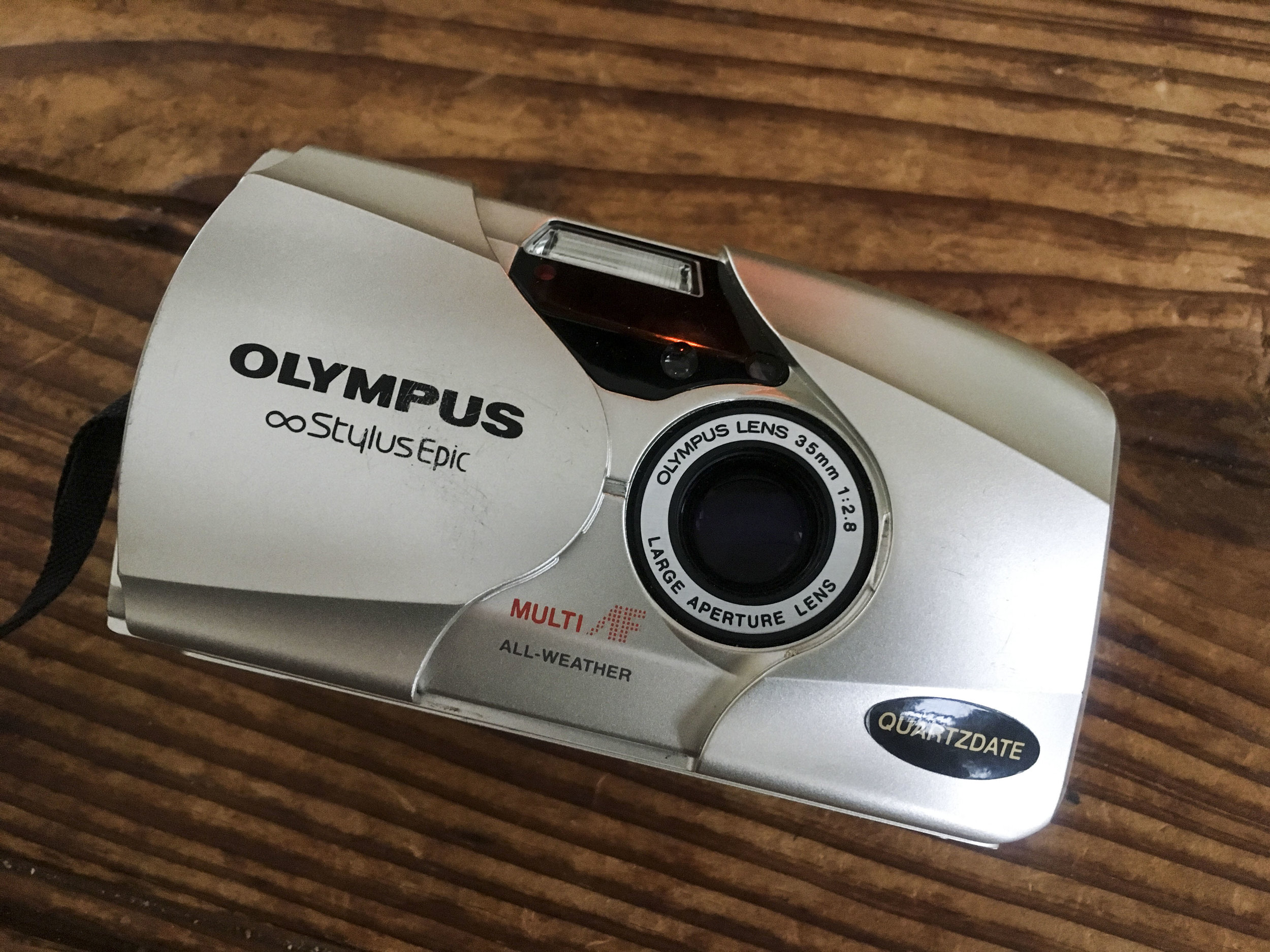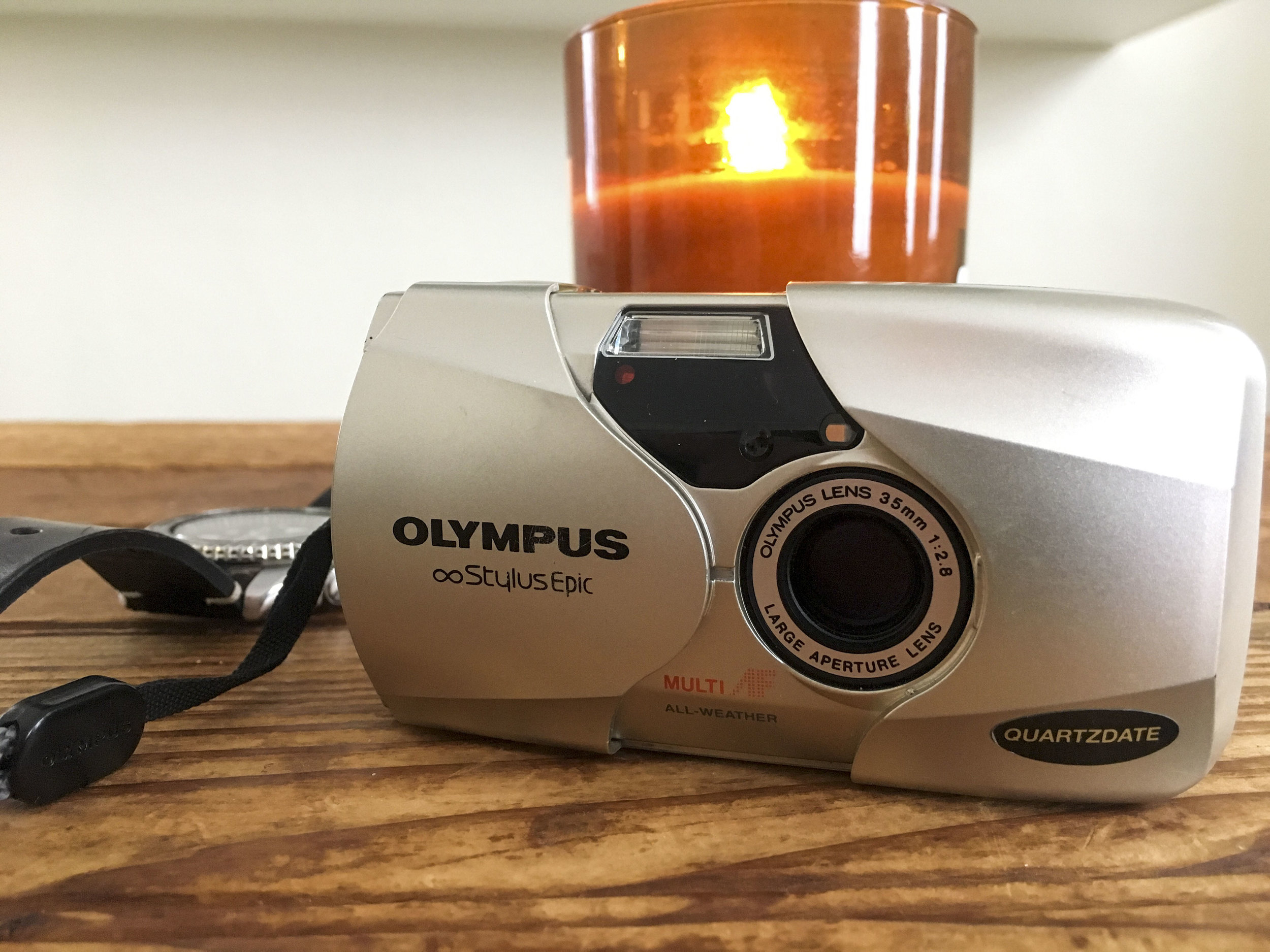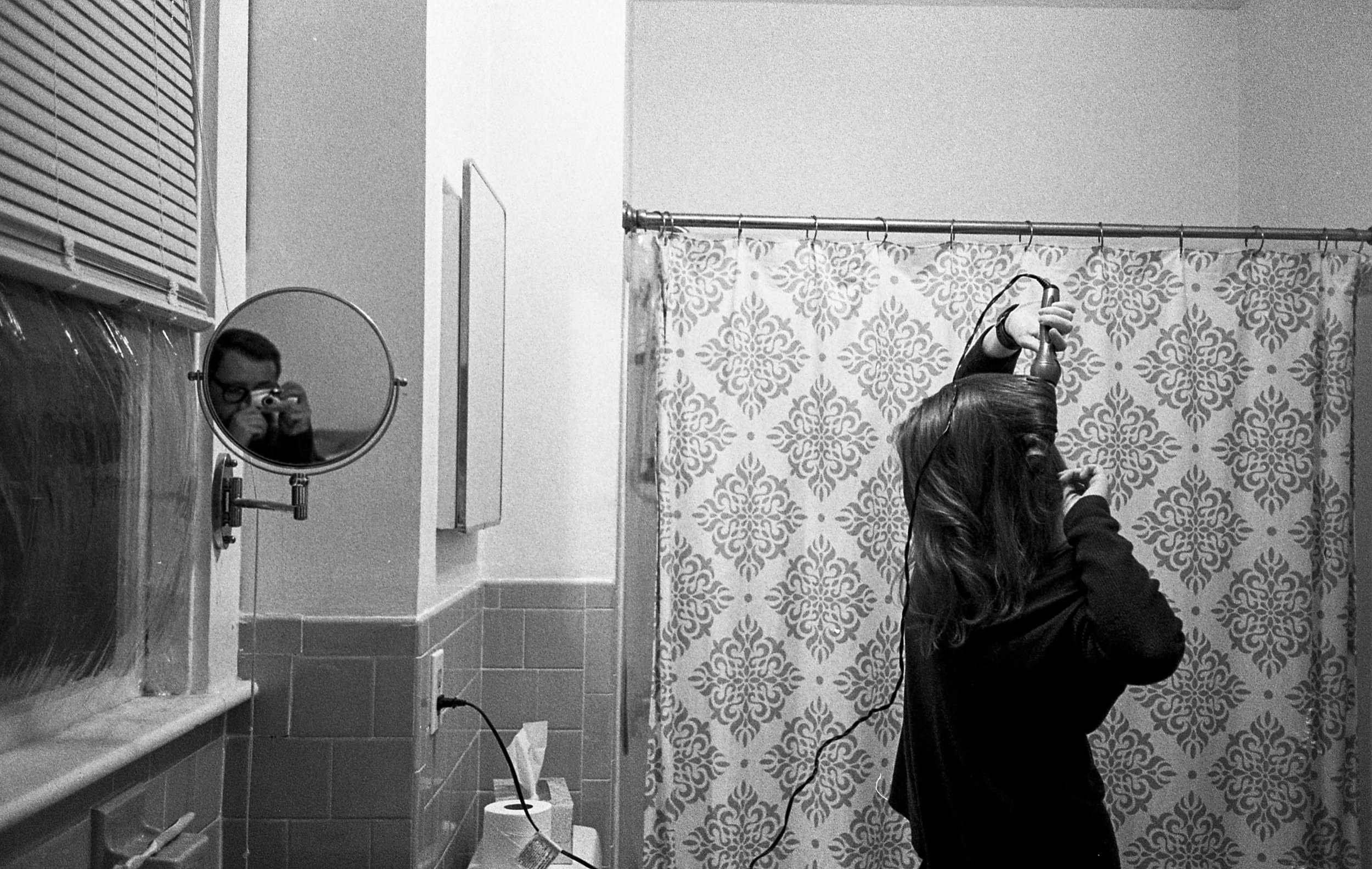The Olympus Stylus Epic probably has one of the biggest followings in the point and shoot film camera world. It is very simply camera in terms of functions and usability but this camera is no slouch and will punch above its weight class to the Contax and Ricoh point and shoots. I have had this camera for about two years and I have shot a lot with it and I tend to grab is over the Contax Tvs i and the Leica Mini. These cameras are pretty easy to get a hold of on eBay, at thrift stores or out of an old persons house. The unfortunate thing about them is the price is going up since the camera has a cult following that grows by the day and they are selling at a premium. My best suggestion is to go to junk shops and goodwill and dig through the camera bins and you will eventually find one.
Overview
Now usually this section is very long and goes into deep detail about a camera and all its functions and its quirks but with this camera, there is not a whole lot. Do not let that discourage you from wanting to try this camera because as simple as it is it's an amazing camera that works well with what it has. The Mju ii is an aperture priority camera with a 35mm f/ 2.8 with a few flash functions and a date stamp functions as well. Another selling point to photographers is the fact that is is an "All Weather" camera meaning its okay in some light rain or the snow (take with a grain of salt since it is a "vintage camera" and o-rings deaerate over time.) One of my favorite things is the clamshell lens cover that slides open to reveal the lens. This is by far one of my favorite functions and it's very responsive to the camera on and then shot.
The major selling point of this camera is that 35mm f/2.8 lens with a the cameras focusing range is 1.2ft to infinity , it is damn sharp and it is what drew me in to getting one of these cameras. The Multi/AF is pretty nippy and fast and doesn't miss often but when it does miss its frustrating like any other Af film camera. Like the Contax TVS and Leica Mini you can half press to focus and recompose and snap a picture.
Nothing to special on the top of the camera other than the shutter in a blingy gold color.
The back of the camera has the most going on in terms of functions. There is four buttons that control flash settings self-timer and shutter remote and time stamping. Do not mind the electracal tape in the corner had a spill a few weeks ago...
Like most other point and shoots that have built-in flash its default mode when turned on is Auto flash which is obnoxious to have to turn that off every time you want to shoot unless you want to gamble and have the flash go off on in someones face on the streets or when you are documention something that you do not want flash to surprise someone. The flash is darn good though, not to bright and over powering, I do prefer the Contact TVS flash to this but it works and works well.
An overview of the flash modes. Night Scene Flash similar to the Ricoh Gr cameras.
Inside the viewfinder you don't have to much going on. The whole viewfinder is the field of view and picture frame. The lines are the the close up frame lines. The green dot indicates the image is focused and the red dot indicated flash is needed/is going to use flash.
Handling
The handling of this camera is fantastic for a few reasons and this is why I tend to lean towards grabbing this camera. The camera is fully operational by one hand and thats the biggest benefit of this camera. With your one hand you can open the clam shell of the camera and still have your finger on the shutter ready to fire. With the camera being so simple there really is not much you need to thing about for taking photos other than opening the camera and making sure the flash is on or off. Honestly thats the best thing about this camera is it is a grab and go camera. I almost never leave the house with out it, since its light around the neck or fits in a coat pocket.
The size of this camera is remarkable and is about the size of my wallet and not much bigger than a i-Type film from the One Step 2. Oh yeah and thats a felt olympus pouch for the camera. I'm a sucker lame camera accessories and it helps keep the camera a little more safe.
The Not so Good
With like every camera I always give my thought on what is not really great about the camera and this one only as a few that I could think of that really minimal. The build quality of the camera is not the best compared to the Contax Tvs and is plastic and not metal. With that being said I did drop it and it did break and I had to super glue it and add some electrical tape on it to make sure it was sealed from light. The lack of being able to change the ISO is a bit annoying but that is a common thing with any point and shoot camera and you can just scratch the DX coding and modify it to different ISO. Lastly is the electronics in the camera failing and making the camera a nice paperweight. This has happened before to my once which is frustrating but they are easy enough to find another one. Last Lastly is the the price for these is sky rocketing to insane prices.
Images
The best feature of this camera is the lens and i really love the quality of it and the contrast and characteristics of it.
Tri-X developed in Sprint chemistry and scanned on Epson V700
Tri-X developed in Sprint chemistry and scanned on Epson V700
Tri-X developed in Sprint chemistry and scanned on Epson V700
Tri-X developed in Sprint chemistry and scanned on Epson V700
Tri-X developed in Sprint chemistry and scanned on Epson V700
Conclusion
This has been a really positive and praising review and I tend to review cameras I want to keep or just experience because of the advice of others. There is a lot of bang for buck with this camera and it is really simplistic and it is really a true point and shoot. There is no special features to this camera other than some flash settings. It really is a true grab and go camera and I have this next to my wallet and knife and when I leave the house I grab this camera and that is my favorite thing about it. With a fantastic sharp lens and small and simplistic form factor it is really hard not to love this camera and shoot a lot with it.

































